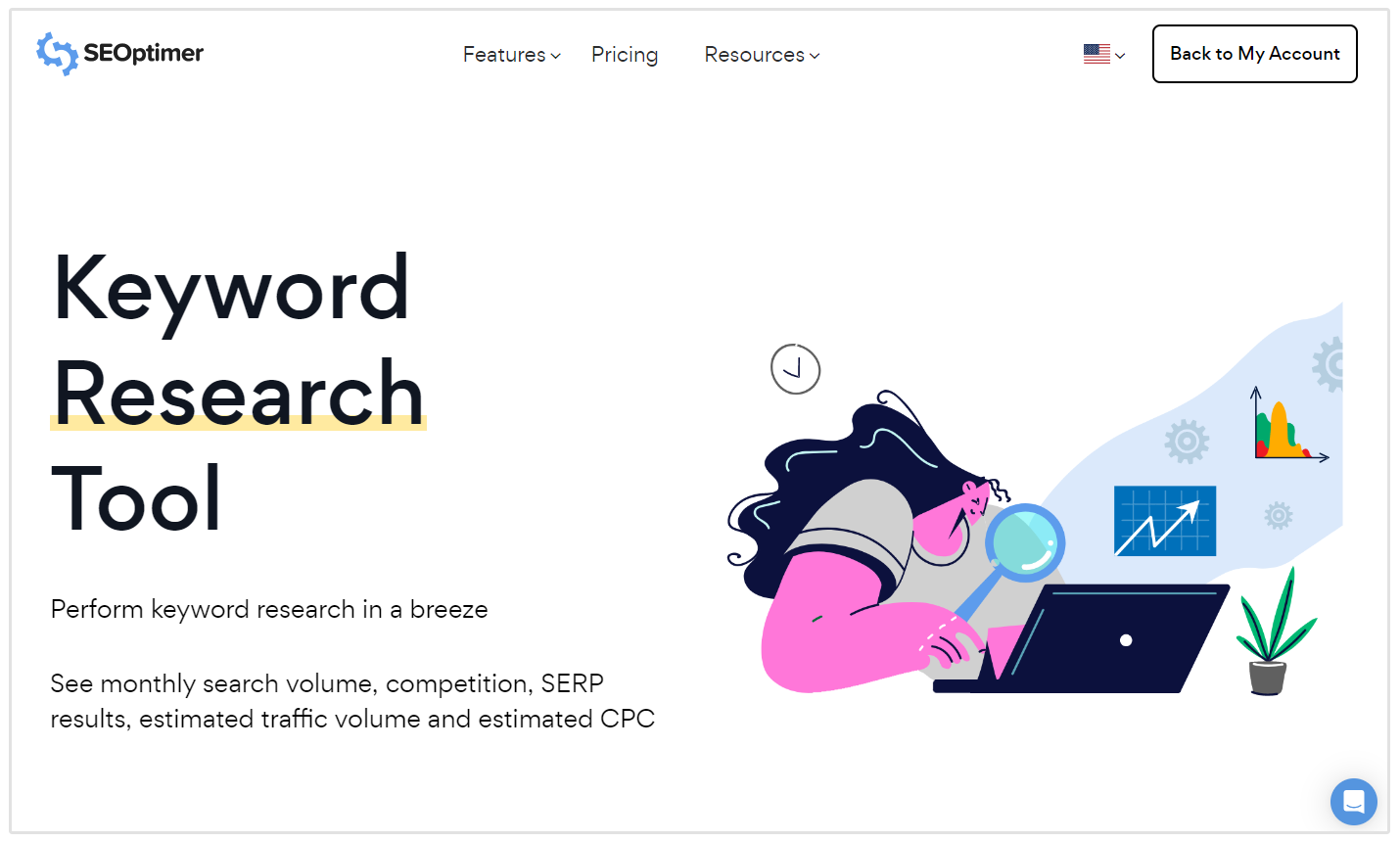Necessary Overview to Secondary Dimensions in Google Analytics: Interpretation, Benefits, and Applications
Introducing the Effect of Additional Dimension in Google Analytics on Information Analysis and Insights
In the realm of data analytics, the usage of additional measurements within Google Analytics has actually emerged as a pivotal device for removing deeper understandings and unraveling complex patterns that might or else remain obscured. By peeling off back the layers of primary information sets, secondary measurements offer a nuanced point of view that enhances the understanding of individual actions, website efficiency, and the performance of advertising and marketing strategies. Nevertheless, the real impact and untapped possibility of secondary dimensions are frequently underestimated, outweighed by the appeal of key metrics. As we browse with the intricate landscape of information evaluation, the relevance of second dimensions ends up being increasingly evident, shedding light on essential information that hold the secret to notified decision-making and calculated optimizations.
Checking Out the Principle of Secondary Measurements
Second dimensions in Google Analytics provide additional insights by enabling individuals to examine key data together with an additional quality. This feature allows a more extensive understanding of the key data by including another layer of information for evaluation. By integrating second measurements, customers can dig deeper right into the information and uncover useful correlations that could or else go unnoticed. For instance, by pairing the key data of web site web traffic with second measurements like demographics or habits, marketing professionals can acquire an extra detailed view of their audience and tailor their approaches appropriately.
Recognizing the concept of additional dimensions is crucial for taking full advantage of the possibility of Google Analytics. It permits customers to sector data properly, identify patterns, and make educated decisions based on an extra full picture of their analytics information. By exploring the various secondary dimensions offered in Google Analytics, individuals can unlock brand-new understandings and maximize their digital advertising and marketing initiatives. Essentially, additional measurements work as an effective tool for improving data evaluation and driving actionable outcomes.
Enhancing Information Interpretation With Secondary Measurements
Having actually established the foundational understanding of additional dimensions in Google Analytics and their pivotal duty in information evaluation, the focus currently changes in the direction of leveraging these secondary qualities to improve the analysis of analytics data (what is a secondary dimension in google analytics). By including second dimensions right into information analysis, analysts can obtain deeper understandings right into individual habits, website efficiency, and advertising and marketing effectiveness

In addition, secondary dimensions aid in contextualizing main data metrics by supplying extra layers of info. This contextualization help in recognizing the 'why' behind the information fads, assisting experts make notified choices and optimizations to improve overall efficiency. Inevitably, incorporating additional dimensions improves the data analysis process, leading to even more significant insights and tactical activities.
Revealing Hidden Insights With Second Measurements
Discovering the midsts of analytics data with additional measurements discloses valuable understandings that would certainly otherwise stay covered. By integrating second measurements in Google Analytics, organizations can discover covert patterns, trends, and connections that offer an even more detailed understanding of customer actions and website performance. These additional layers of information enable experts to dive deeper right into the key dimensions, such as visit traffic resources or touchdown web pages, and get a much more nuanced perspective on how different variables connect with each various other.
With the use of additional measurements, experts can segment and contrast information across different dimensions, allowing them to recognize details aspects that influence individual involvement, conversion prices, and overall success metrics. By pairing the primary dimension of 'gadget category' with the second measurement of 'age group,' marketers can determine which age demographics prefer accessing the web site through mobile gadgets versus desktop computers.
Leveraging Secondary Measurements for Actionable Analytics
Building upon the insights unveiled with additional dimensions in Google Analytics, organizations can now harness this enriched data landscape to drive actionable analytics and calculated decision-making. By leveraging second measurements, organizations can delve much deeper into their data to extract beneficial patterns, trends, and correlations that may have formerly gone undetected. This much deeper level of analysis allows organizations to gain a more thorough understanding of user actions, campaign performance, and overall internet site effectiveness.
One trick advantage of using additional measurements for actionable analytics is the capability to segment data based upon particular criteria. This division permits businesses to customize their projects and techniques to different audience teams, resulting in more targeted and reliable advertising efforts - what is a secondary dimension in google analytics. Additionally, second dimensions give a more all natural view of customer interactions, making it possible for organizations to maximize their site web content, layout, and overall individual experience
Making The Most Of Decision-Making With Additional Dimensions
To enhance tactical decision-making in analytics, leveraging additional measurements in Google Analytics can supply a more nuanced point of view on user actions and project efficiency. By including secondary dimensions into data evaluation, services can dive deeper into the specifics of their site visitors' interactions and involvement patterns. This added layer of information enables a much more comprehensive understanding of exactly how different variables, such as demographics, devices, or traffic sources, influence key efficiency signs.

Verdict
To conclude, the use of second measurements in Google Analytics plays an important duty in enhancing data evaluation and revealing surprise understandings. By exploring this concept, one can gain a deeper understanding of individual actions and make educated decisions based on actionable analytics. Leveraging additional measurements permits a much more comprehensive analysis of information and makes the most of the efficiency of decision-making processes.
"/>